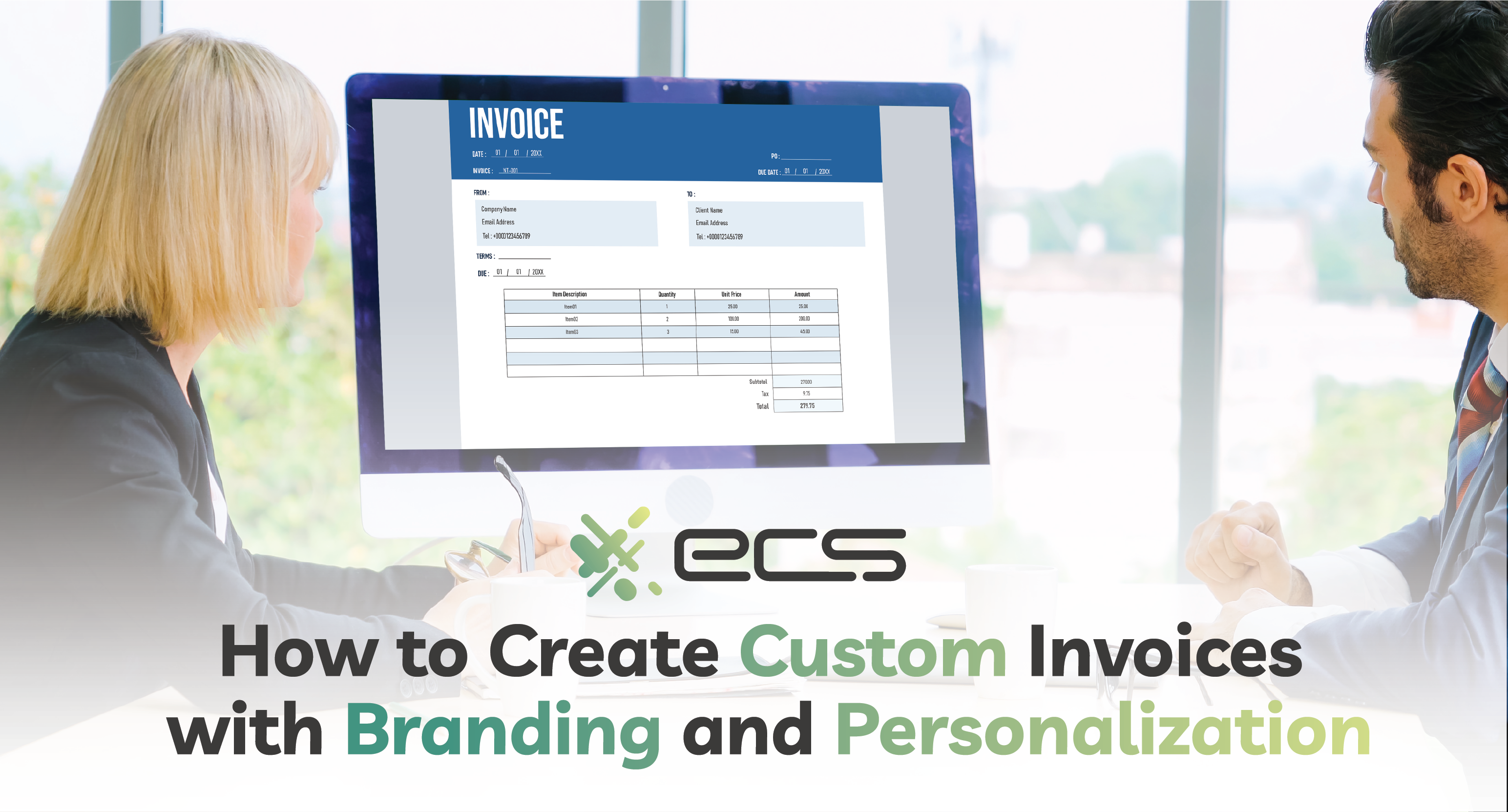Customizing the invoices you send to your clients can elevate your professionalism, enhance your brand recognition, and optimize your overall business workflow. Creating custom invoices that align with your brand and include personalized details requires a strategic blend of appropriate tools and thoughtful design elements. Below, we will break down the process of crafting professional and personalized invoices effortlessly.
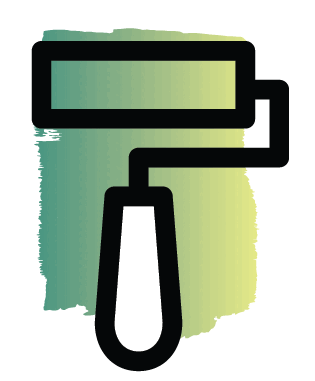
1. Add Your Branding Elements
The first way to make a professional and lasting impact is to ensure that your invoices reflect your unique brand. To ensure consistent brand identity, you can incorporate your logo, brand colors, and fonts. This ensures that your invoice maintains a consistent and cohesive professional appearance that aligns with your brand identity.
The three main elements that identify a brand include its logo, color scheme, and fronts. You want to ensure these three areas remain consistent across all of your brand’s platforms and points of contact, such as your website, social media, email, and invoices.
Your Business Logo
Your logo must remain consistent across every platform and communication channel so customers can easily identify you. This can be especially vital when other companies or social media accounts have similar names. A unique logo can help clarify doubts about who you are, especially when sending customers invoices. Upload your logo to your invoicing system to display prominently at the top of each invoice. Doing this reinforces your business’s identity, making your invoices instantly recognizable to customers.
Brand Colors
Though your logo may include your brand colors, adding these colors to different parts of the invoice can create a more pleasing-to-the-eye design and solidify your branding. You can use your brand colors for the header, footer, and some text to make the invoice visually consistent with your website and other marketing materials.
Brand Fonts
Lastly, your brand fronts. Brands often have at least two fonts–a header font and a normal sentence font. You can use these same choices for the different sections of your invoice, with its headers and subtext. Sometimes, however, the fonts you use on your website may not seem appropriate for an invoice. If that is the case and you need to veer slightly off, choose fonts that fit your brand to ensure consistency across all business communications.
By incorporating these branding elements, you create an invoice that feels like an extension of your website, social media, and all other marketing materials. This ensures that customers immediately recognize your business when they receive their invoices.
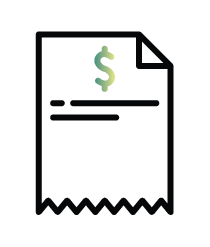
2. Include Personalized Customer Information
Now that you’ve added your brand’s personalization, it’s time to personalize your customers’ invoices. Personalizing invoices strengthens your relationships with customers. Customer personalization on invoices is pretty straightforward and can include their name, purchase details, and billing address.
Customer’s Name
Though a name is crucial so you know who you’re billing and the customer knows the invoice is meant for them, addressing the customer by name can also make the transaction feel more personal and less transactional. You can choose to have the name simply listed at the top of the invoice, or you can include it in an intro paragraph before the purchase details if that’s the branding you want to go for.
For example, “Hey Stephanie! Thanks so much for supporting our small family business, we really appreciate you. Below are the details of your purchase and the payment options you can select from that best meets your needs. You can click on the link to use your credit or debit card, or set up a monthly payment plan.”
Purchase Details
Next, you want to include specific details about the products or services the customer has purchased. If your business is service-based, this can include all the materials and labor costs to complete the project. If your business sells products, the purchase details would include an itemized list of each product purchased and its cost. Itemizing the details of the purchase or project helps customers review their purchase and prevents confusion, overcharges, undercharges, or disputes.
Customer’s Billing Address
Lastly, you will want to include the customer’s billing address. Ensure you have your invoicing set up to automatically input it. Automation saves time and reduces errors when generating invoices.
–
By personalizing invoices with these elements, you maintain true professionalism while ensuring transparency. As a result, customers feel valued, leading to better customer satisfaction and improved payment timelines.
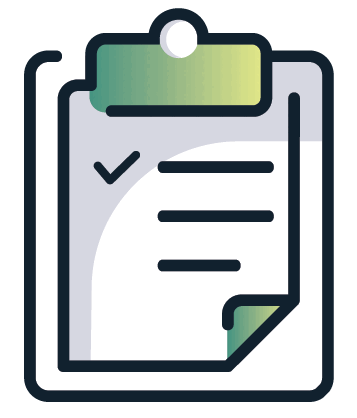
3. Add Payment Terms and Due Dates
Now that we’ve touched on your brand and customers’ personalization, it’s time for the logistics. Custom invoices should still clearly state your payment terms. Payment terms include payment instructions, the due date, return and refund information, and any late payment penalties. Payment terms can be set up in advance to reflect your business model—whether you offer immediate payment, net 30 terms, or installment payments.
To help with on-time payments, automated reminders can be sent to customers when payment is due or overdue. This makes it easy for you to follow up without manual effort. Including clear payment instructions and reminders ensures that there’s no ambiguity.

4. Include Custom Messages or Notes
Sometimes, you may want to include a special message on the invoice. You could thank your customers for their business, offer a discount on future orders with a promotional code, provide additional information about your products or services, or promote upcoming products, services, or events. Additionally, you can provide your customer service contact information in your custom message to assist with questions about the invoice or purchase.
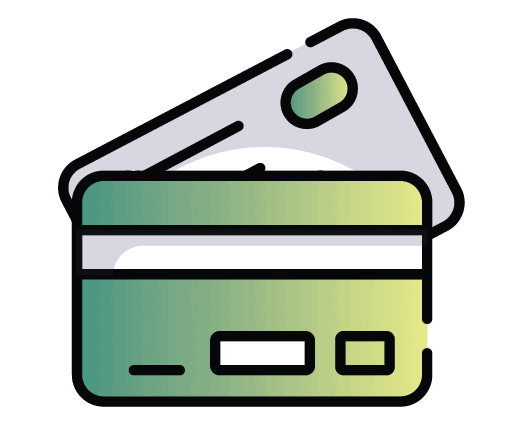
5. Incorporate Your Payment Methods
To make the payment process easier for your customers and faster for you, you can integrate a payment link directly into the invoice that directs customers to a secure payment gateway on your website. On the gateway, customers can choose their preferred payment method.
By providing a variety of payment options, you make it easier for customers to settle their invoices in a way that is most convenient for them. One benefit ECS Payments offers businesses like yours is the flexibility to offer multiple payment methods. Including multiple payment methods increases the chance that your customers will pay on time. And on-time payments, of course, improve your cash flow. You can include the following payment options in your custom invoice:
- Credit card payments
- Bank transfers (ACH payments)
- Digital wallets (PayPal, Apple Pay, Google Pay)
- Automated recurring payment plans
If you offer payment plans, automating recurring billing is an essential feature of your invoicing system. You can set billing cycles (monthly, quarterly, or annually). ECS Payments allows you to set up automatic billing for recurring payments with a tokenized card vault, securely storing customer card details for their automated payments. This provides a seamless payment experience for your customers, who don’t need to manually re-enter payment information every time an invoice is due. Automated and tokenized recurring payment options not only improve convenience for your customers but also reduce the administrative burden on your team while ensuring a secure transaction every time.
Custom Invoices Conclusion
Customizing your invoices with professional branding and customer personalization creates a cohesive customer experience and enhances your business’s identity. These choices can build customer trust, encourage timely payments, and reinforce your brand identity with every transaction. Whether you’re running a one-time sale or recurring payments, ECS Payments has you covered with a seamless payment experience for you and your customers.
